|
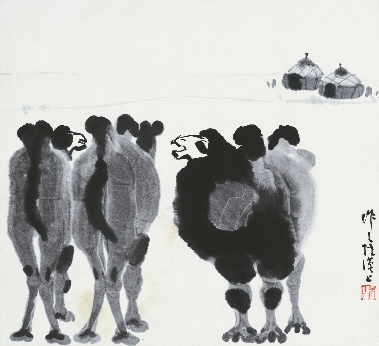
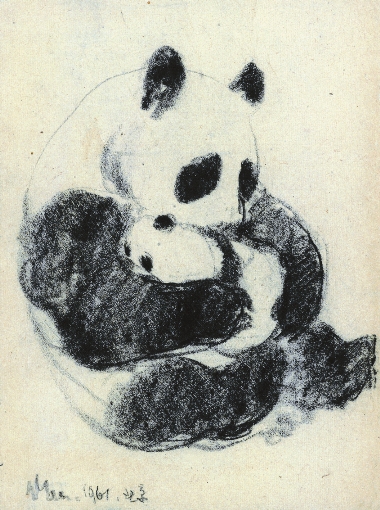
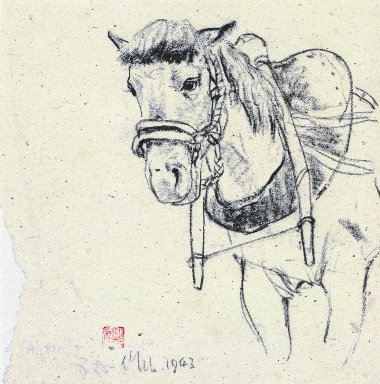
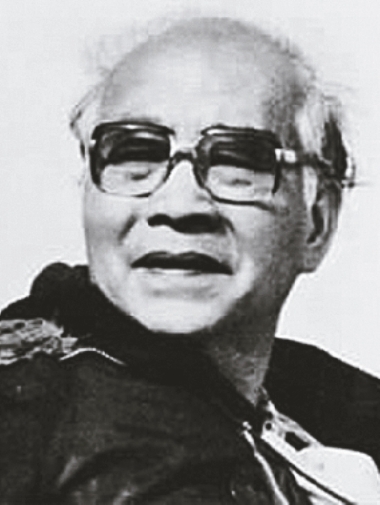
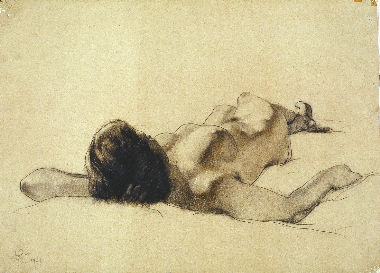
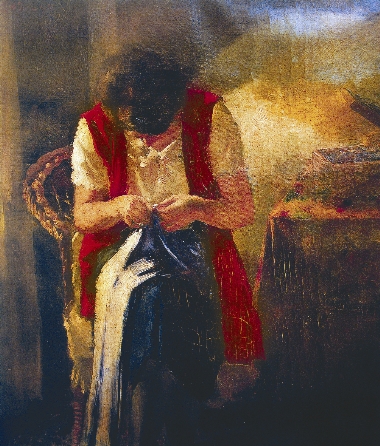
Newman Huo
TITLED “Basics of Sketches: A Revolution of New Chinese Painting?,” a special tribute exhibition to the late Chinese master Wu Zuoren (1908-1997), is being staged at the Guan Shanyue Art Museum until July 3.
The exhibition features 47 works by Wu, including sketches, oil paintings, watercolors, and Chinese ink paintings, which have all been provided by the Wu Zuoren International Fine Arts Foundation.
The exhibition has been designed to show the master’s understanding and application of sketches, the base of Western art language, into Chinese ink paintings.
Wu’s artworks are considered to have captured the essence of traditional Chinese art while encompassing some qualities of Western art.
Born in Suzhou, Jiangsu Province, in 1908, Wu started his art studies at the department of fine arts at Shanghai Art University in 1927.
Recommended by Xu Beihong (1895-1953), one of China’s most respected modern artists, Wu went to Europe to learn Western contemporary arts. In 1935, he graduated from Belgium’s Royal Institute of Fine Arts, where he was honored as a Laureate Student.
He returned to China in 1935 and taught at the Central University in Nanjing. His works began to be known in the West when he held painting exhibitions in Britain, France and Switzerland in 1947.
With the establishment of New China in 1949, Wu joined the Chinese Artists Association. In 1963, he set out to build an image for New China in the stamp circle when presented with the opportunity to design three postage stamps to be used nationally.
Known for his ink paintings of yaks and camels in western China, Wu created the Giant Panda stamps, which were first issued in 1963 and thus established the Giant Panda as the emblem of New China.
A second series of six Giant Panda stamps by Wu was issued in 1973, and a more elaborate Giant Panda edition based on his ink paintings was produced in 1985.
Wu was adept in oil painting, Chinese painting and calligraphy. His style was clean, precise, clear and smooth, since he absorbed the strength of the discipline of oil painting and blended it with Chinese paintings. His works are natural, implicit, but use precise shapes.
In recent years, Wu’s works have been well received in domestic and overseas markets.
Dates: Through July 3
Hours: 9 a.m.-5 p.m. Closed Monday
Venue: Guan Shanyue Art Museum (关山月美术馆)
Add: 6026 Hongli Road, Futian District (福田区红荔路6026号)
Buses: 10, 14, 25, 34, 105, 111, 215, 228, 238, 322, 350, 371
Metro: Children’s Palace Station (少年宫站), Exit B
Database puts cultural relics in rightful place
AFTER 10 years of hard work, China has built a sophisticated survey and database management system of cultural relics.
Initiated by the Ministry of Finance and the State Administration of Cultural Heritage, construction of the system started in Shanxi Province in 2001and spread to 31 provinces, autonomous regions and municipalities.
The project aims to collect information and improve management of all cultural relics stored in museums.
By the end of 2010, the project had collected more than 1.66 million pieces of data, among which, 48,006 were data about first-class cultural relics. Every categorized item of data includes no less than 28 indices, including name, age, category, class, material, size and source. The project also includes more than 3.87 million photographs and more than 305 million text documents.
“The significance of the system draws on a new documentation method, which can not only count the numbers but also record detailed information about preservation conditions,” Shan Jixiang, director of the State Administration of Cultural Heritage, said in Beijing on June 16.
From 2012 to 2016, the administration will conduct a national census of State-owned cultural relics, which will be more comprehensive than the third census of cultural relics.
“Although we still has a long way to go, the system has guaranteed a solid foundation for the upcoming census in terms of standards, database, management and human resources,” Shan said.(SD-Agencies)
|

